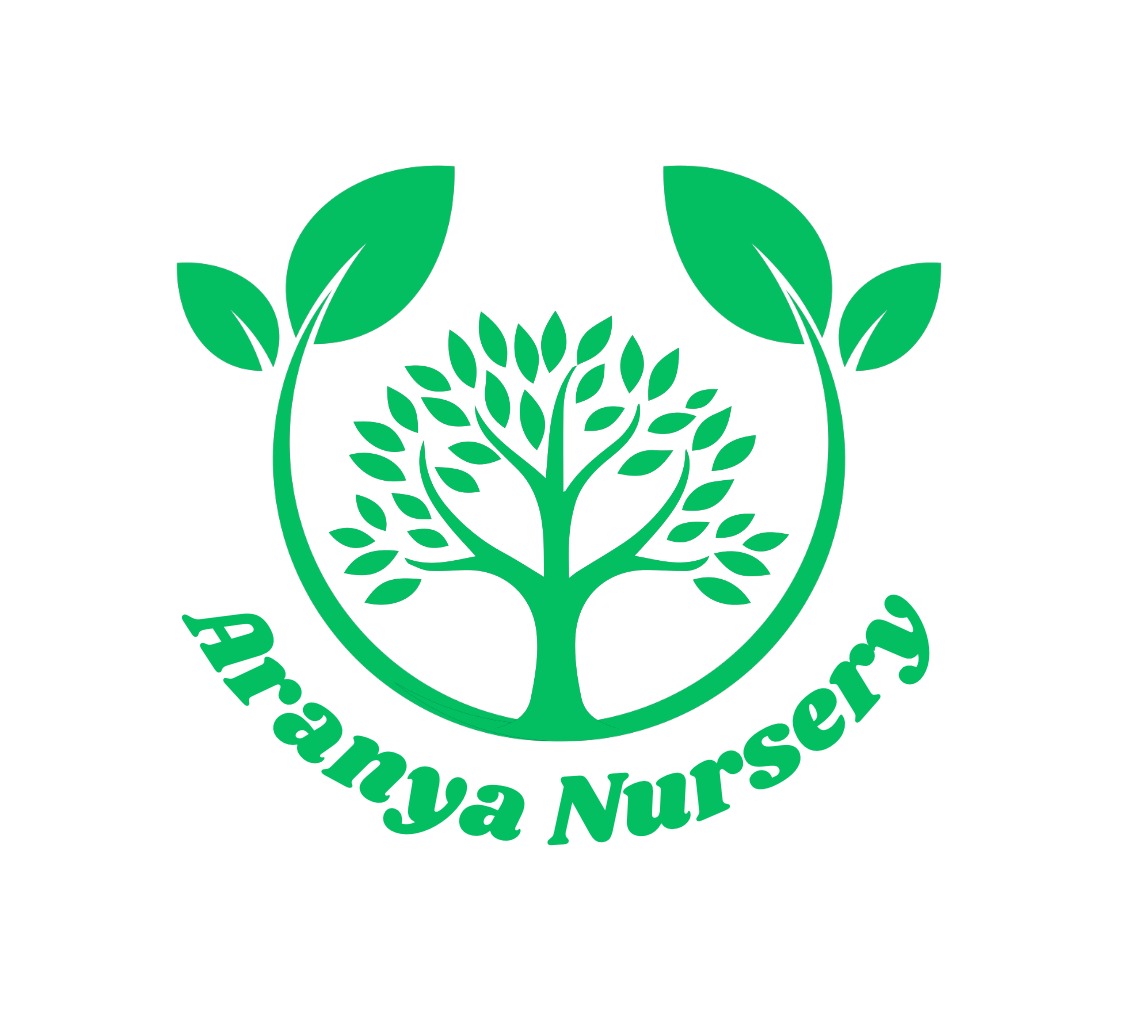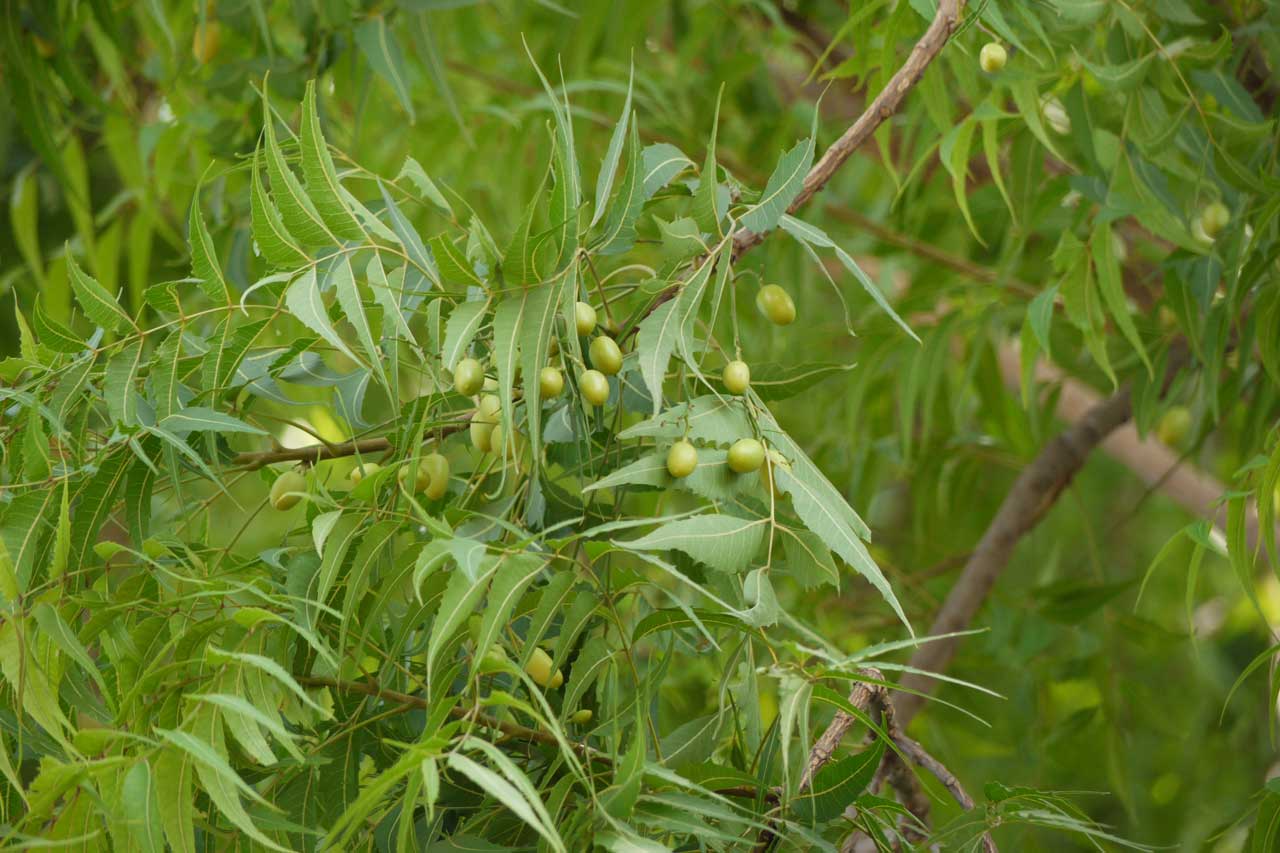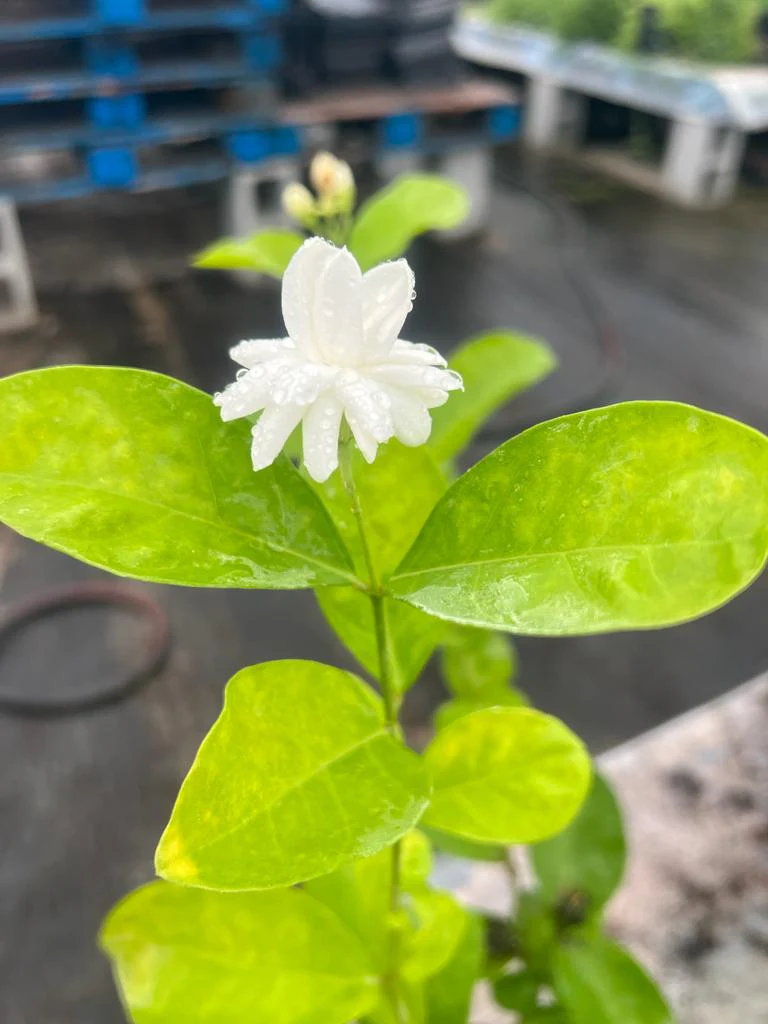
Henna Plants: A Timeless and Versatile Treasure
Henna plants (Lawsonia inermis) are a treasured and ancient species, renowned for their vibrant green leaves and coveted reddish-brown dye. Native to the Middle East and South Asia, henna plants boast:
- Attractive, lance-shaped leaves with a delicate texture
- Small, white or pinkish flowers in clusters, emitting a sweet fragrance
- A robust, shrub-like growth habit, reaching up to 6 feet tall
Uses and Significance:
- Henna leaves are harvested for their natural dye, used for:
- Body art and tattoos
- Hair and skin care
- Textile and fabric coloring
- Henna is a symbol of good luck, prosperity, and spiritual growth in many cultures
- Its medicinal properties are valued for soothing skin conditions and promoting overall well-being
Cultivation and Care:
- Plant henna in well-draining soil and full sun
- Water regularly, but tolerate drought
- Prune to maintain shape and encourage new growth
Embrace the Rich Heritage of Henna Plants:
With their timeless beauty and versatile uses, henna plants have been a cherished part of human culture for centuries. Cultivate your own henna plant and unlock its many secrets and benefits.



